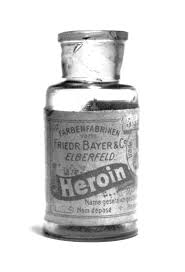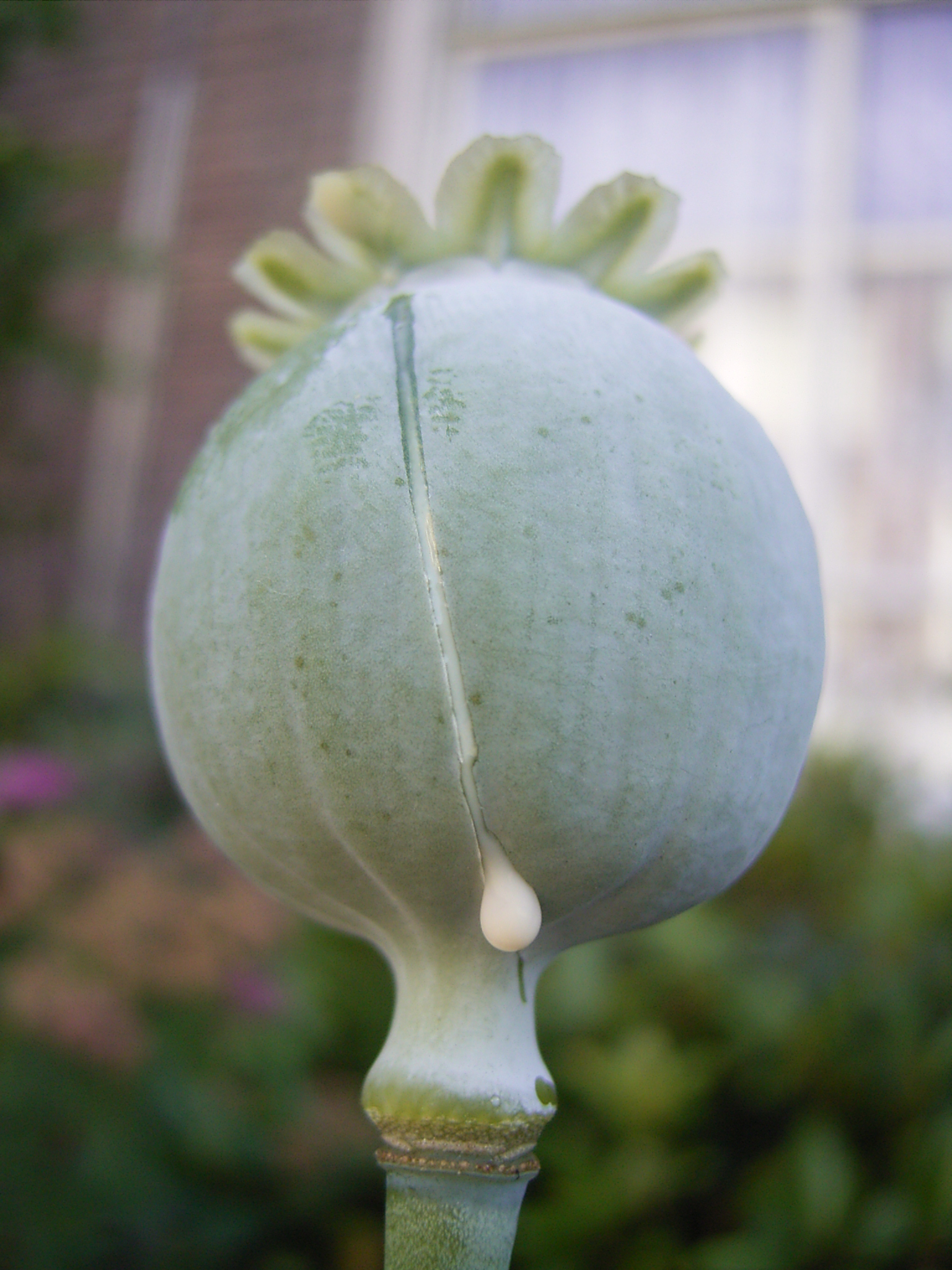In 1898, scientists announced the synthesis of a new, allegedly non-addictive cough suppressant called heroin. Advertisements proudly proclaimed that heroin was “superior in all respects” to opium, morphine, codeine, and that users would be completely free from any chemical dependence. While, these claims have since been proven false, and heroin is no longer available over-the-counter, modern medicine continues to have a love-hate relationship with opioid pain-killers.

Opioids are a class of drugs derived from opium, a naturally occurring compound in poppies that produces euphoria, pain relief, and sedation in humans. These drugs have been used for centuries, and even though medical professionals now recognize their side effects and the potential for abuse, they remain a staple of modern pain management. Now that scientists have a comprehensive understanding of how opioids can alter neurons, the field’s current focus is on developing the next-generation of analgesic painkillers, which have a lower potential for abuse. This research is part of an effort to reduce the rising worldwide death related to opioid.
Historical accounts show evidence of opium use dating back to the ancient Sumerian civilization, nearly 5,000 years ago. While some records indicate recreational consumption, the drug’s earliest use was primarily linked to religion and mysticism. Primitive understandings of pain had deep roots in the spiritual realm, and ingesting or inhaling opium produced an unexplainable, seemingly transcendent, euphoria in the user. More recent accounts, relatively speaking, such as the ancient Egyptian Ebers Papyrus, describe medical uses for opium, such as calming crying children and performing euthanasia.
Recreational opium use became popular in 17th-century China after smoking tobacco was outlawed. Opium dens, in which patrons could buy and smoke the drug, sprang up across China, and later appeared in other countries. By the time Emperor Jiaqing outlawed the import of opium in 1799, England had established a robust opium trade with China. England’s attempts to prevent and circumvent the criminalization of opium would eventually lead to the First and Second Opium Wars.

In the mid-19th century, the invention of the syringe enabled doctors to use opiates in surgery and general pain management, but painkiller development did not attract significant interest until the 20th century. The aftermath of both world wars brought attention to the need for the development of new approaches to pain management, as modern warfare had left many soldiers with appalling wounds and chronic pain. Multiple new drugs arrived on the scene to meet this new demand. Most of these drugs would eventually be identified as opioids. Opioids share the ability to mimic the body’s native opioid peptides, such as the endorphins released by the pituitary gland after vigorous exercise. Holden Ko, a scientist developing and testing new painkillers at Wake Forest School of Medicine, explains that pharmacologists now know that structures dissimilar to opium derivatives can still bind to the same opioid receptors, thereby producing many of the same effects, such as feelings of euphoria and physical well-being.
Robert LaMotte, researcher at the Yale School of Medicine, is working to better understand the neural mechanisms behind the sensations of pain. His lab has published numerous papers on topics such as the causes of increased sensitivity and chronic cancer pain. Ko, who met with LaMotte while visiting Yale, recently published promising findings demonstrating the efficacy of a new opioid drug type that has thus far proven to be free of abuse potential in primates. Pharmaceutical companies have selected a related compound for further development, so they may soon realize the centuries-old goal of developing potent, abuse-free painkillers. When discussing his work, Ko emphasizes the importance of non-human primates to opioid research. “Their neurological and physical drug reactions and physiological anatomy are most similar to humans. Many promising findings from rodent studies do not translate into primates,” he said. He adds that researchers design as many non-invasive procedures as possible to protect primate well-being.
When asked if opioid painkillers are here to stay, Ko agreed with the widely-held conclusion among pharmacologists that, “morphine is hard to beat.” “Scientists have made a lot of exciting discoveries in the past several decades, but at this moment opioid analgesics are still considered a cornerstone of pain management.”

